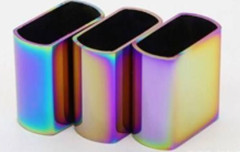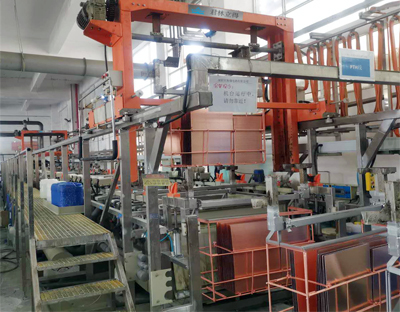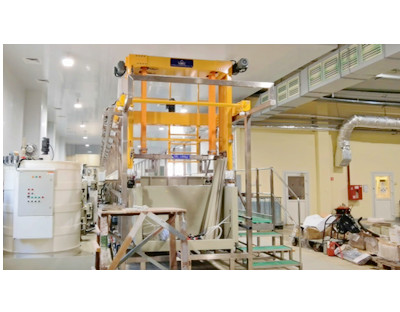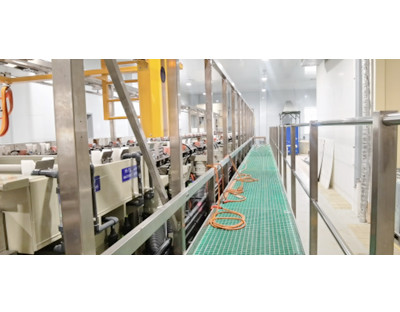First, check the coarsening to see whether the product surface is fully wetted. If the coarsening is sufficient, check whether the activation has activity, find out the problems affecting sensitization and activation and eliminate them.
Most of the electroless plating solutions used for plastic electroplating are electroless copper plating. The formula of the commonly used electroless copper plating solution is:
Copper sulfate 79 / L potassium sodium tartrate 259 / L sodium hydroxide 59 / L nickel chloride L9 / L sodium carbonate 29 / L formaldehyde l5ml / L pH value 12.5 in electroless copper plating, pH value and formaldehyde content have a great influence on the deposition rate of the solution,
If the pH value is lower than 12 and the formaldehyde content is lower than 1ml / L, the copper deposition may be interrupted or incomplete.
Of course, electroless nickel plating is also useful. No matter which process is adopted, incomplete deposition may be encountered in actual production. What is the reason?
First, check the coarsening to see whether the product surface is fully wetted. If the coarsening is sufficient, check whether the activation has activity, find out the problems affecting sensitization and activation and eliminate them. If silver nitrate is used as activation solution, check whether the surface color of plastic workpiece is uniform light brown. If the color is uneven, the problem lies in the process before activation; If the color is uniform, focus on the inspection of copper precipitation liquid.
When colloidal palladium is used for activation, if it cannot be deposited, it can be degummed and deposited again. If it is not complete, there may be a problem with the reaction ability of the electroless plating solution. However, some plastics are very difficult to coarsen, or the coarsened surface is not suitable for adsorption solution and incomplete deposition. At this time, we should find a way to solve the coarsening problem, and do not blindly replace the activation solution or electroless plating.
When colloidal palladium has strong activity, metal coating can also be deposited on the surface with poor coarsening, but its adhesion is very poor. Therefore, attention should be paid to ensure the quality of coarsening.







 Dec. 18, 2019
Dec. 18, 2019 





